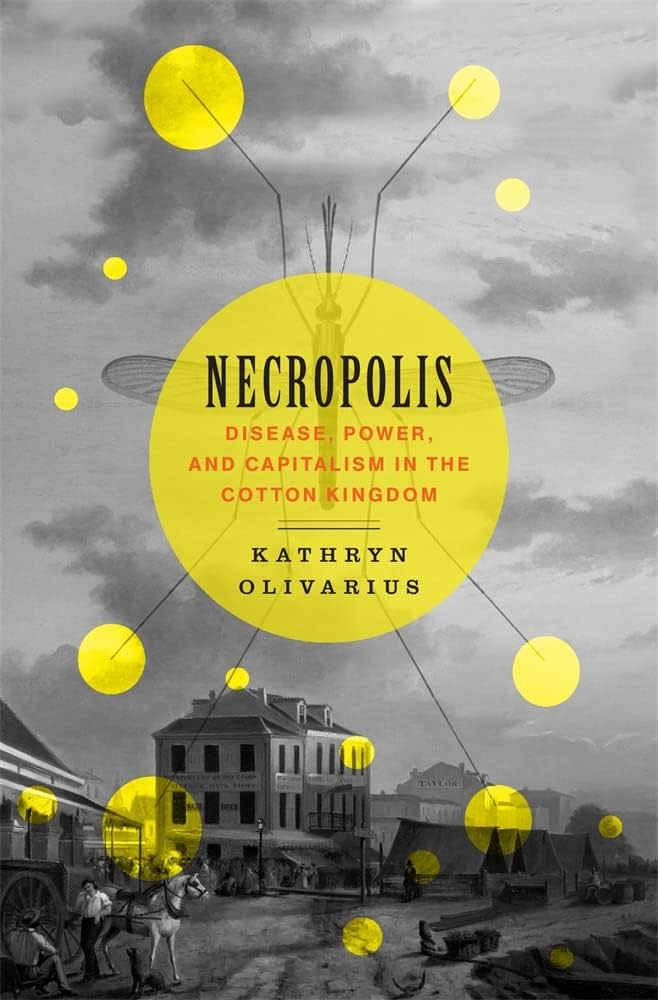What was the public health response to the constancy and intensity of yellow fever outbreaks?
Public health could scarcely have been worse in New Orleans. They had basically no board of health that was tasked with tracking or defining disease. Sanitation was very, very minimal. In the years that a board of health did exist, it might collect some data. But most years, there was no single body tasked with tracking or defining disease or even quantifying it. No epidemic before 1817 was counted. Records always undercounted enslaved people, who almost never appear in the mortality record when it comes to yellow fever. Some years, officials would also remove seafarers or other groups from the lists of the dead, artificially minimizing the numbers even more.
Another big thing is that New Orleans didn’t implement quarantines, which are basically the most powerful weapon in a health officer’s arsenal. Nobody really likes quarantines, and businesses especially hate quarantines. In New Orleans, quarantines were a non-starter. They were implemented only a few times, very briefly, during the entire antebellum period. This was in stark contrast to other American cities at the time that were basically enhancing their quarantine infrastructure with every successive year. New York, Philadelphia and even Charleston had not just a single quarantine station, but often many quarantine stations to deal with different kinds of diseases. Over the course of the 19th century, these cities are really trying to take more control over the public’s welfare, consolidating their power over questions of health and trying to depoliticize the issue. In New Orleans, that just doesn’t happen.
So, why wasn’t this a leading political issue? That’s a question I find perpetually fascinating. Why weren’t there protests on the streets from people saying clean up the city? There was this fascinating process with most townspeople, in which they would protest the situation early on after they moved to New Orleans. Then, they either came to accept it, they fled the city, they died, or they survived and became acclimated. Once they’re an acclimated citizen, they align their interests with the rest of their epidemiological class.
What was it like writing about epidemics during the Covid-19 pandemic?
It wasn’t ideal. At times, life imitated art to an eerie degree, in ways that could be overwhelming and stressful. There’s this dual tempo of fervent activity and fear, coupled with ennui or melancholy. You can also see that in how people reacted in the past. I feel almost glad to have experienced something at least similar to what they experienced.
